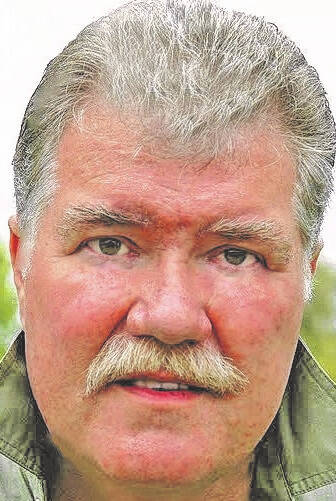Autumn will officially arrive with the passing equinox on September 23rd—sneaking in a few hours after midnight during the pre-dawn darkness.
You’ll go to bed in summer and wake up in a brand new season.
Of course, all our calendars and almanacs, along with their fancy calculations and astronomical points of reference such as solstices and equinoxes, are simply mankind’s contrived way of keeping track of nature’s infinite and ever-changing cycles.
In the truer sense of the word, the four seasons are apt to follow their own inscrutable timetable—arriving early one year, late the next, with only a broad, cursory nod to such exigencies as planetary tilt and orbit.
In practice, our seasonal scheduling usually proves more abstract than actual, while giving us the ego-fulfilling illusion of imposing order and being in control by having predicted such occurrences beforehand. Any proximity to the calendar’s divisions is rather incidental, best examined through the wide-angle lens of data averages compiled over several decades.
Yet every once in a while, things do loosely line up—the timetable works; the schedule is kept.
Two weeks ago, summer still reigned. Midday temperatures climbed repeatedly into the low-80s; nights were balmy. Woodlands were mostly green.
Now, daytime highs have cooled. A few nights have seen temperatures dip below the 50-degree mark, and when I took the dog out for her morning ramble, I could see my exhaled breath in the air. That’s not been the case since way back in late April.
Too, the woodlands are starting to turn, with increasing yellows and even a few splashes of brilliant red. While the real color show won’t be peaking for another month, it’s nevertheless obvious seasonal change is underway and gaining speed.
Autumn is taking over, now unequivocally calling the shots!
Any day now the spirited hummingbirds who tirelessly visit our nectar feeders will disappear for the year. The nighthawks are already long gone. I’m seeing warblers passing through every day. And the vast flocks of blackbirds are starting to congregate.
The monarch butterfly migration continues, except that you can now almost hear their safe-passage clock ticking. The journey is long, and time’s a’passing.
Even the sky has changed from a washed-out pastel to a dazzling Maxfield Parrish blue, brimming with dynamic crosslight.
Every night, the storied Harvest Moon waxes brighter and fuller as it rolls across the dark, star-spattered sky.
The outdoor forager can now harvest wild grapes, pawpaws, Mayapples, possibly a basket of late pears, red and black haws, elderberries, wild cherries, wild plums, chokecherries, perhaps a few mushrooms, beechnuts, hickory nuts, walnuts, butternuts, and Jerusalem artichokes. And that’s only a partial list of tasty free eats.
Plus there’s the fish and game harvest of squirrels, bass, bluegill, crappie, and perch.
Always, however, the highlight of autumn is color—the spectacular patchwork of leaves turning red and gold, yellow and purple, plus an array of vivid blooms as wildflowers put on their own final show.
Goldenrods are now at their peak, swathing roadsides and meadows with feathery plumes of rich, deep yellow. A patch of goldenrods can simply light up an entire field.
In perfect counterpoint to this glorious yellow sea is a scattering of floral stars. I’m referring, of course, to asters, which literally take their name from the same root as astronomy and astronaut, and were once, in fact, called starworts.
Asters come in all shades of purple and blue, plus white and in pastel variations ranging from pink to lavender. Their center disk can be yellow, brown, blue, or purple, and may change as they age.
While I usually like to identify wildflowers, I tend to draw the line at goldenrods and asters. To say they’re confusing is to considerably understate the problem’s complexity.
Frankly, only the most daring of expert botanists (or the most self-delusional of amateurs) would dream of stating categorically that they can recognize and name each and every aster or goldenrod on sight. Both plants are simply too numerous and too prone to hybridization.
I’m neither an expert nor, I hope, delusional—at least not when it pertains to wildflower IDs. Too, I’m lazy enough to realize this is not the time for wallowing in botanical frustration.
Nope, I’d rather just observe their beauty and forget the botanical fine points. Autumn is moving in—and I don’t have to put a name to everything, or dazzle myself with expertise, to enjoy the show!
Reach Jim McGuire at [email protected].





